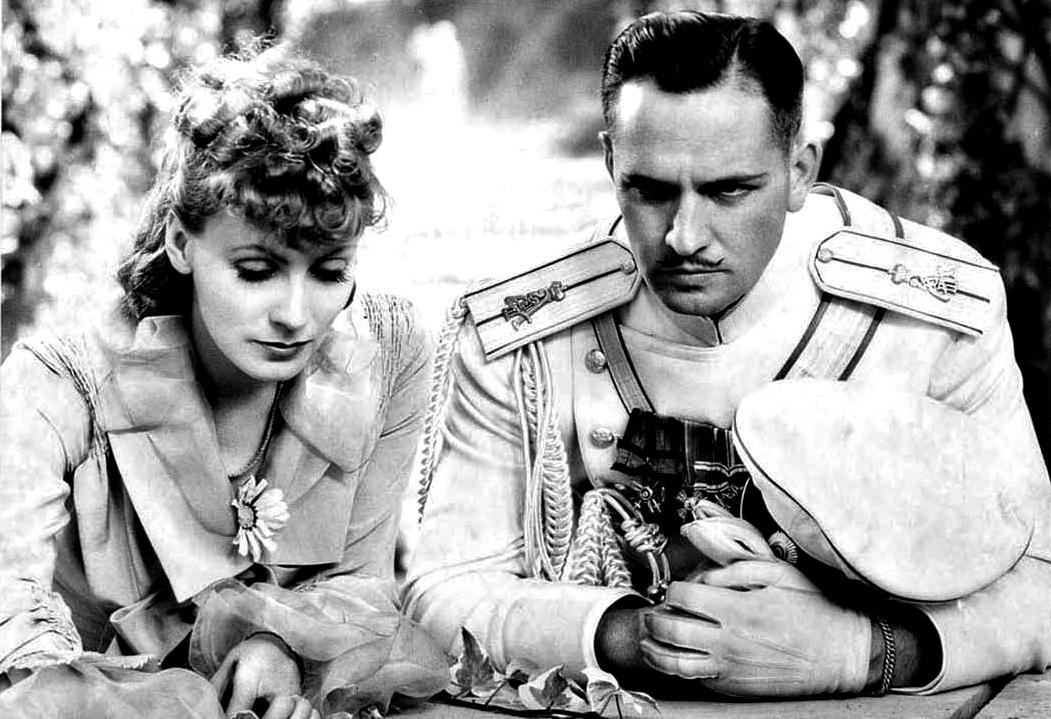“In order for a book to be good,” said Leo Tolstoy to his wife, Sonya, on March 2, 1877, “one has to love its basic, fundamental idea. Thus, in Anna Karenina, I loved the idea of the family.” These words Sonya copied into her diary on March 3.
This “idea” plays out through the plot of “Anna Karenina,” published between 1874 and 1876, and often acclaimed as the best novel ever written. It begins with one of the most famous first lines in fiction: “Happy families are all alike; every unhappy family is unhappy in its own way.”

